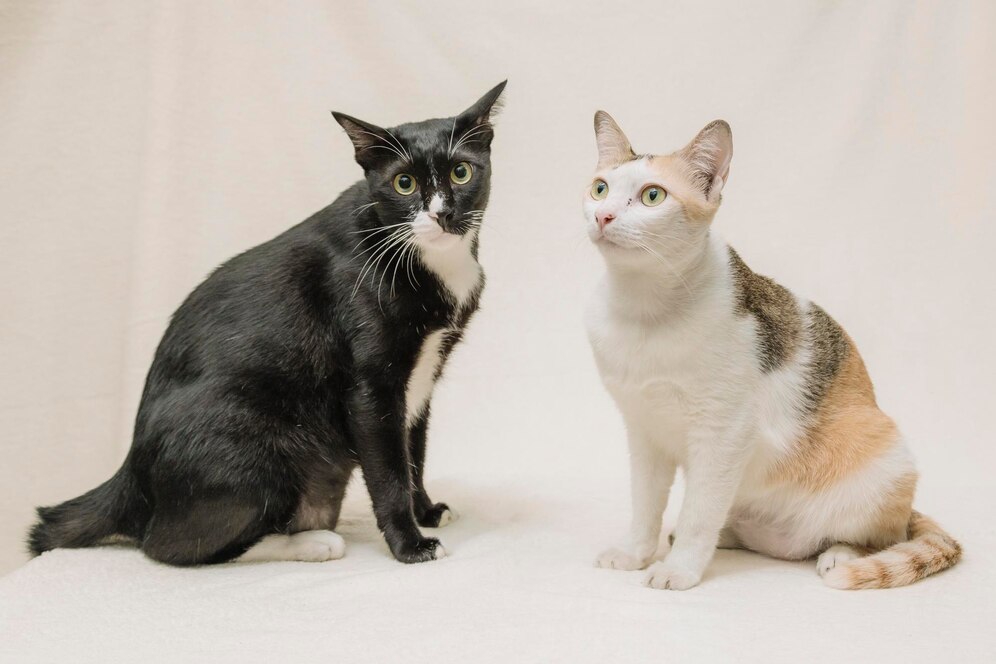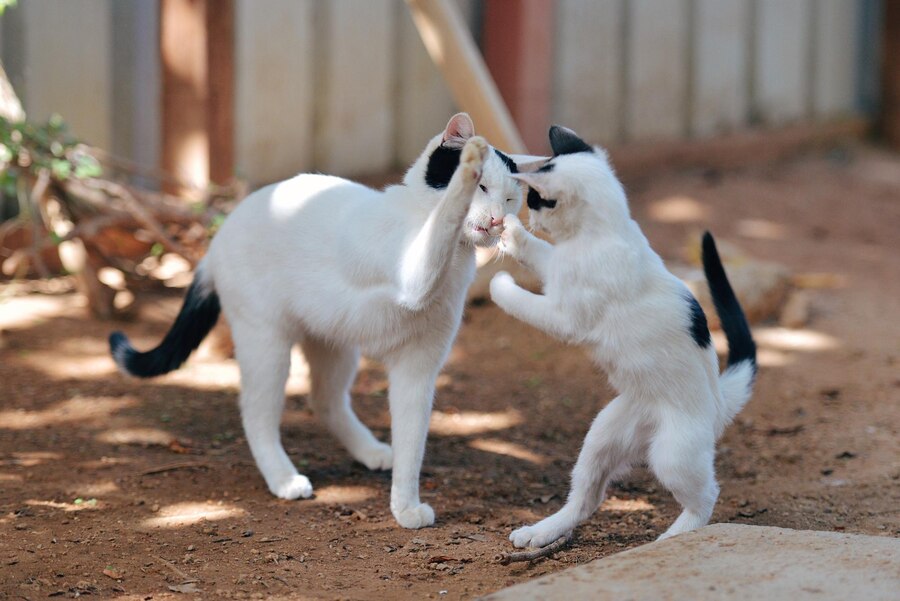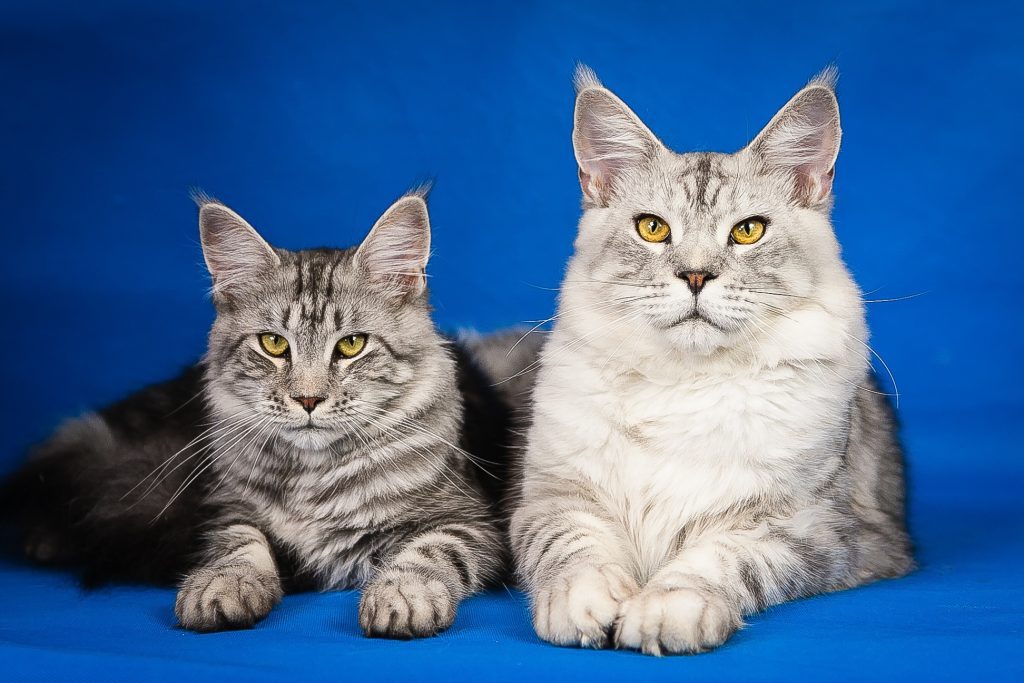Are male cats really more affectionate—or is that just a myth? Do female cats make calmer companions? If you’ve ever wondered, “Should I get a male or female cat?”, you’re not alone—and it’s not as simple as choosing by gender alone.
The truth? Both male and female cats can be amazing pets. It’s less about gender and more about your lifestyle, space, and the cat’s unique personality.
In this guide, you’ll get:
- A clear, evidence-based comparison
- Size, behavior, and grooming differences
- Vet-backed pros and cons
- Real-life advice from cat parents
No filler—just honest facts to help you find your perfect cat match.
Basic Biological Differences
While male and female cats may look similar at a glance, biological differences shape both their bodies and behavior.
In kittens, gender can be tricky to spot—males have more spacing between the anus and penis, resembling a colon (“:”), while females have a vertical slit below the anus, like a semicolon (“;”). Adult males may have visible testicles if unneutered, while females tend to stay more discreet.
Hormones also influence early development. For example, females in heat often become vocal and restless, and males often get more active and crave extra attention. These tendencies stand out in young cats that haven’t yet matured or settled into a stable routine.
Now that we’ve covered the basics, let’s see how male and female cats differ in temperament.
Personality & Temperament Traits
Are male cats really more affectionate? Often, yes—but it’s not that simple. Neutered males tend to be playful, social, and people-oriented, thriving in busy homes with kids or pets. Female cats, especially when spayed, are usually more independent, calm, and selective—great for quiet households or solo owners.
The truth is, gender is just one piece of the puzzle. A cat’s personality is shaped more by breed, socialization, and environment than sex alone.
So don’t rely on stereotypes—observe, ask questions, and choose the cat whose personality clicks with yours. The right match isn’t about male vs. female—it’s about finding a cat that fits you.
Recommended Post
Male vs. Female Maine Coon Cat – Personality, Size & Price Compared
Size, Build, and Physical Appearance


Male cats are typically larger and heavier than females—averaging 10–15 lbs compared to 6–10 lbs in females—with broader chests, chunkier faces, and thicker paws. Unneutered males also develop jowls, giving them a more “lion-like” look.
Females, on the other hand, often have a sleeker, more delicate build with finer facial features and a smaller bone structure. These differences can influence everything from litter box size to grooming needs.
My tip: calicos are almost always female, while orange tabbies are usually male—thanks to sex-linked coat genetics.
But remember, breed, age, and spay/neuter timing can blur these lines. So think about how they’ll fit your space, not just their look.
Health Risks in Male vs Female Cats
Male cats are more prone to urinary blockages—a painful, sometimes life-threatening condition—due to their narrow urethras, especially if they’re overweight or fed only dry food. Neutered males can also gain weight more easily if not given a portion-controlled diet and daily play.
On the other hand, female cats face higher risks of mammary tumors (often malignant) and uterine infections like pyometra if left unspayed.
The good news? Spaying before the first heat and neutering by 5–6 months dramatically lowers these risks.
While females may live slightly longer on average, what really counts is good care, diet, and your cat’s daily routine. Health concerns often connect with behavior, so let’s see how these quirks show up day to day.
Behavioral Issues & Territorial Habits

Unneutered male cats are biologically wired to roam, spray, and show territorial aggression—often wandering far from home or marking walls and furniture with strong-smelling urine.
But females aren’t exempt: under certain conditions, especially stress or environmental changes, some may also spray or become territorial. While males are typically more prone to inter-cat aggression, females can be fiercely defensive of their space, particularly during pregnancy or after moving.
That said, many behavioral challenges are more about environment, socialization, and stress than gender alone. Understanding the “why” behind your cat’s behavior is the first step to creating a peaceful home for everyone involved.
Recommended Post
Which Gender Gets Along Best with Kids, Dogs, and Other Cats?
Wondering which gender plays nicer with kids, dogs, or other cats? Gender can offer some clues—but it’s not the whole story. Some cats thrive in busy homes, while others prefer a more laid-back space.
For multi-cat households, a male + female pairing often settles in more easily, while two females may need extra time and space to adjust.
Still, every cat is different—age, early socialization, and past experiences matter most in how well they click with people and other pets.
One trick: introduce slowly, respect boundaries, and let chemistry build naturally.
Pros and Cons – Male vs Female Cats at a Glance
Trying to decide I should get a male or female cat? Here’s a quick breakdown to help you match feline traits to your lifestyle.
Each cat comes with their own personality, but there are some general tendencies based on behavior patterns and physical traits. Some cats are more social, others are more independent, and many land somewhere in between.
What matters most is the environment you provide and how well the cat’s personality fits your daily routine. Consider energy level, grooming needs, and how much interaction you’re hoping for—these are often more telling than gender alone.
Expert Opinions & Scientific Insights
When it comes to the difference between male and female cats’ personalities, science shows it’s not just about gender stereotypes.
Dr. Mikel Delgado says, “Socialization, environment, and genetics matter more than sex alone.”
Research from the ASPCA and Cornell Feline Health Center backs this up—once spayed or neutered, most behavioral differences even out.
For instance, male cats may roam more if unneutered, while females can be territorial, especially with other cats. But these tendencies aren’t set in stone.
The real key? Choose based on personality, not gender, and ask about spay/neuter history for a smoother transition.
Recommended Post
British Shorthair vs Ragdoll Cat – Compare Size, Traits & Price
Final Thoughts
When choosing a cat, there’s no “better” gender—only the best fit for your lifestyle and home. Stereotypes like “males are always friendly” or “females are standoffish” often fall apart in the real world.
Instead of focusing on labels, look at the cat’s energy, behavior, and how they respond to people and places. Spend time with different cats, ask questions, and stay open to surprise—sometimes the perfect match is the one you least expect.
So, meet the cats, trust your instincts, and stay open—your new friend might just choose you first.
Founder of Cats Question, a veterinarian (DVM), and lifelong cat enthusiast with hands-on experience in feline care. Passionate about helping cat owners through expert-backed, compassionate advice inspired by years of living and learning alongside cats.






